A presentation at FITC Amsterdam in February 2020 in Amsterdam, Netherlands by Catt Small


I’m Catt Small, a product designer at Asana: a company that helps make work easier. I’m also an Independent Game Developer and co-organizer of the 5th annual Game Devs of Color Expo, an event that happens in July in NYC.

This talk is about taking the easy way out when a job sucks, staying at a job when you really want to go, and turning failure into success, like a phoenix!

First, here’s how and why I took the easy way out.

As a new graduate, I dreamed of becoming a design leader and making an impact. I looked for a company where I could do that—a home for me!

My first job out of college was as an interface designer at a nascent startup called ParksByNature Network. I enjoyed the job, but it wasn’t a fit for me culturally because there wasn’t enough respect for boundaries and I had little autonomy.

So I quit after 9 months.

Then I joined NASDAQ as a product designer. I learned how to conduct user research and be an agile designer. But there were some negatives: work was distributed and siloed by role, leading to a waterfall development process. I also encountered gossiping, bullying, favoritism, and excessive drinking on my team.

Feeling helpless, I decided to leave NASDAQ after almost a year and a half.

Then I decided to join a smaller company called Bedrocket! The team pitched me an awesome product that they were hoping to turn into a profit machine. I got to work in a leaner setup with a mostly-colocated team (except a few folks in Seattle). At Bedrocket, I flexed both my design and coding skills.
Then I started to see signs that the ship was sinking. I sometimes felt as though I couldn’t speak up for fear of being yelled at—and sometimes we worked until midnight to meet deadlines set by the company’s founder, who promised investors more than we could deliver.

So I left Bedrocket after less than a year.

If you analyzed my career journey back then, my career had been a sine wave consisting of these steps:
First, I join the company and hear about the exciting new project they’re putting me on!

Research shows that there is indeed opportunity for us to make a major impact—SUPER EXCITING!

Then a wild red flag appears: one or many problems start to happen as the honeymoon phase wears off. For example, seeing signs of negative company culture or poor product development practices.

Eventually I hit a point where I didn’t think the company would get better. The honeymoon is completely over.

Then when things got especially bad, I would start interviewing in search of a better company.

I’d get hired!

And then the loop would start over. Forever. It was honestly exhausting.

I wondered what it was like to work at company and actually have a larger impact. And honestly, I was tired of new hire onboarding. So I again looked for a place I could stay.

SoundCloud was the first company at which I thought I’d want to spend 2 or more years. I really loved the people and the product. Plus, the culture was international and the perks amazing—we often had musicians visit the office to perform, and there were many free trips to Berlin.

At SoundCloud I had the major impact I hoped for! I collaborated with a lot of folks across roles and was able to become a design leader.
One of my biggest moments was launching the monetization pages for SoundCloud Go, their new subscription service. It was an incredibly complicated product, and I was responsible for making sure people understood the value. You can read more about that in my portfolio ;)

SoundCloud was also the kind of place where work could come from the ground-up. After realizing there was no SoundCloud TV support, I designed the Google Cast integration for SoundCloud. It was a bottoms-up project that involved a bunch of people from across the company, and it got the company some press when it was launched!

Things at SoundCloud started going downhill after the first year. SoundCloud adoption ended up being low because users didn’t want to pay SoundCloud to listen to top 100 songs—which was a known issue based on customer research. The company didn’t have a lot of runway, but they were spending a lot of money on lavish trips and events. You can read about it in this article!

So after two years, I decided to move on.

Two years was progress, but it wasn’t five years. I committed to staying at my next company longer than any other place I’d worked. More specifically, I looked for a company with a good product delivery culture, stable source of income, and a good stance on diversity and inclusion.

I landed at Etsy.

I joined their payments team in September of 2016.

They gave me a high-impact right away. I worked with a cross-functional team to create the new Etsy Payments, a rebrand and massive up-scaling of Etsy’s payments platform. It also included a mandate that required sellers in applicable countries to accept payments directly through Etsy.

Everything changed after 9 months.

Over 100 people were laid off, including folks in leadership—the CEO was ousted in favor of a leader with tenure at AMEX and eBay. The company dropped its B corp status and started enacting a lot of policies that massively affected the culture. Many longtime employees quit in protest, and I wondered if I should stay or go, too.

Instead of jumping off the roller coaster, I decided to stay on.

I was moved to a team called Marketing Services. This wasn’t a Marketing team from a brand perspective; their goal was to help sellers reach buyers through in-product marketing tools.

During this time I worked on emergency projects that sellers had been requesting for a long time such as a way to put items in your shop on sale. Before 2017, sellers actually paid services outside Etsy to put their listings on sale, so this launch was a clear win for the company.

It was during this time that I hit one year at Etsy; I was feeling pretty alright about the direction of the organization and decided to stay.

After the sales launch, I was shifted from emergency table stakes projects to revolutionary, forward-thinking work. My manager at the time said she wanted her best designer on a new project to redesign Etsy’s seller statistics.

This is where my story of failure and redemption begins.

Here’s what Etsy’s sellers statistics looked like in 2017—it looked pretty nice and had lots of fun charts.

Unfortunately, this product got a lot of hate from customers. Sellers said it looked beautiful but was useless in comparison to the previous version of stats.

My new team was affected by the layoffs in that we had no engineers and 1/3 of a PM. This PM was balancing three projects at the same time while hiring managers searched for a full-time PM. Our engineering manager also had yet to hire any engineers. Even though there was little information about a staffing timeline, we were told to get started.

So the researcher and I got to work, occasionally checking in with our 1/3 PM. Since this was a major project (and I was scared that I might get fired), I decided to do as much as possible to make sure it would go well. I took initiative and filled in when the PM was too busy to help. Some days I worked until 8PM to help drive the product forward.

I compiled a massive amount of competitive research spanning a variety of direct and indirect competitors. I figured sites like Facebook and Google Analytics all affected sellers’ expectations regarding stats.

Brian, the UX researcher, and I got creative and conducted all kinds of research to confirm which concepts would resonate with users. For example, our first research session was centered around user interviews about sellers’ goals—and how they use stats to track their progress. At the end of each session, we asked participants for feedback on several written concepts such as the ones you see here.

After that user research, I organized an ideation exercise to assess the needs of sellers by in lots of people from across the company. This was to fill in gaps caused by being short-staffed. I hoped to court anyone, especially engineers, who expressed interest in potentially joining our team.

Here’s the output from that exercise, which I spent at least 5 hours parsing. I was doing everything I could to move forward with a strategy, even with a part-time PM and no engineers. We learned that there were three themes of questions: sellers asking about what currently is or isn’t working, what they should focus on right now, and looking to see the impact of their actions.

Research showed that sellers were still reeling from the major relaunch of Etsy’s stats product in 2017. So, our PM decided that the best way forward would rebuild from the ground-up

Our hypothesis was that the current dataset didn’t help answer the questions sellers had. This is partially because Etsy’s definitions of industry standard terms (such as “visits”) weren’t aligned—for example, sellers used other sites like Google Analytics and were confused when Etsy’s numbers were different. Shop stats wasn’t doing a good job, and the team wanted the product to eventually be a source of truth.

My new manager recommended I get divergent with my thinking, so I made lots of prototypes including the two you see here.

I created a gigantic user flow to express how massive our dataset could eventually be.

Here is that monster flow, summarized into four layers of depth. We knew a full rewrite would take a while to build, so we needed to form an opinion about which layer of data to start with. The team decided to call Shop Stats “Analytics” to differentiate it from the product people hated.

We decided to start at the lowest layer and work our way up; our engineering manager recommended this approach because it was easiest to build. We wouldn’t have a very big engineering team based on headcount and hiring progress, and rebuilding the entire data model would take years. The piecemeal approach would allow us to test and iterate. At the time, there weren’t and clear cons to this approach. The team moved forward!

Through research, I learned that sellers were extremely confused about how buyers found their shops on Etsy. So, we decided to focus on demystifying Etsy search data. Many sellers described Etsy search as a black box, and our goal became to help them understand.

I started to narrow down my designs! Here’s one of several hand-coded prototypes I tested with users while we waited for engineers.

After 6 months of research, the team got filled out! We hired a new PM and four engineers.

In other words, we finally could start building Etsy Search Analytics in May 2018.

And then we were given four months to launch our idea. 😱

I narrowed the user experience down until it was a scope we could execute within that time period.

The short timing, of course, led to a bunch of compromises. As engineering ensued, the team realized some things that seemed fine in abstract weren’t so in reality.

First of all, the new version of Etsy’s design system wasn’t code-complete at this point. Typography styles were complete and usable, but other more complicated components had yet to be ported into React. So we compromised and used the old version of Etsy’s tables instead of the new one. This was done in order to launch by September; our engineering team didn’t have the capacity to help implement React tables in the design system.

Much worse, however, was that the numbers didn’t match. The old stats didn’t match our new calculations since the team didn’t rewrite the entire dataset. This drawback was not clear when we began scoping the project… mostly because we didn’t have full-time engineers.

Due to these engineering constraints, my PM decided to keep the existing Etsy search stats where it was and launch Search Analytics in a different area under the Marketing tab. This would mean sellers would be able to see both sets of numbers in different parts of Shop Manager. I strongly recommended against this several times, even pulling in Abby Covert, Etsy’s information architect, for support in advising against this decision.

Based on the research Brian and I did, I knew that we were good on the basics but had no idea how this product would work in the wild. The aforementioned pitfalls made me extremely concerned, so I repeatedly recommended we do a beta test before publicly releasing the product.

However, I couldn’t make the final call on these issues because I wasn’t the person who made those kinds of decisions. Etsy ascribes to the RAID (Recommend, Agree, Input, Decide) framework to make accountability easier. In this framework, designers can recommend launch strategies but cannot make the final call.
Our (fairly junior) PM was the decider, and he needed his manager to agree with his decision. He felt pressure to launch the product ASAP—so much research had already happened, and we were so far in. If we were to launch on time, it was assumed that we didn’t have time to beta test. Despite my repeated requests, they decided to do a full rollout

As expected, the public launch in September included a lot of problems. Most importantly, there were several breaking bugs that caused the team to roll back the product several times over two months. When it was finally ramped up to 100% of sellers in November…

Opinions from sellers were all across the board.

Sellers who said it was confusing were the ones who noticed the numerical discrepancies. I felt vindicated, but also disappointed because no one listened to me.

Around this time, I requested peer feedback. When it was all submitted, my manager summarized it for me. She started by sharing positive feedback from my peers. Then she, having been absent from every meeting in which I spoke up, said I could work on being more persuasive and should have spoken up more if I had an opinion that might have changed the outcome of the product launch.

In other words, the blame was being placed on me for this product’s failure. Because I didn’t “speak up enough”. I hit rock bottom and burned out. What was the point of caring anymore if that was the outcome?
“Maybe I should quit”, I thought.

However, there appeared to be hopeful opportunity. I got a new manager, who was much more understanding; she acknowledged that many product mistakes were made due to pressure from above. She told me the company knew that the team wasn’t set up to succeed, and that Etsy would invest more in the team in 2019.

They would add a more senior PM to work directly with me, plus many more engineers would be added to the team! There would be three squads: web user experience (frontend), focused on redesigning the frontend of the old stats; backend, focused on rewriting the seller stats data; and apps, so we could build a cross-platform experience.

That convinced me not to quit—the story wasn’t over, and the company was giving us a chance to do this right. Instead, I would stay and learn.

Before the new year, I summarized everything we learned in collaboration with my user researcher. We created personas and design documentation from all our user research.
A major takeaway was that our first iteration zoomed too far in. In other words, sellers needed to understand the full picture before drilling down into specific traffic sources like Etsy search.

If you remember that massive user flow…

Instead of focusing down here…

We needed to move up the flow and focus on this area.

So we started over.
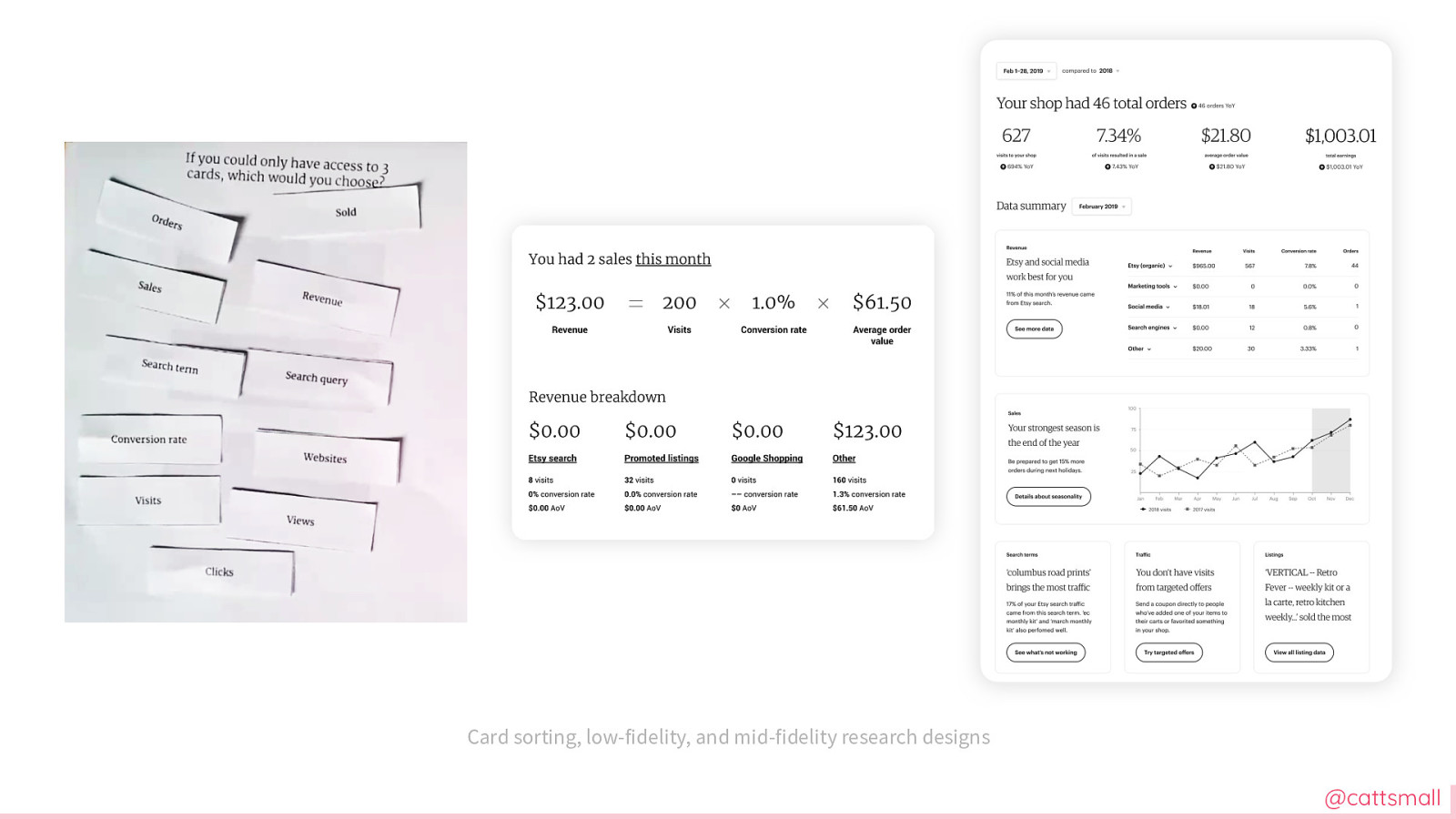
Brian and I did a bunch of research at a quick pace to understand what sellers would want from a better Shop Stats overview page.

I made several north stars based on that research, then we pared it down to something we could build by October 2019 based on engineering capacity.

Once again, I proposed that we transition sellers slowly and do a beta test before launching the product to two million people.

Instead of turning me down outright, my fellow team leads asked me to write up a proposal outlining my thoughts. No one had ever asked me this before, and I hadn’t considered it at all! It made sense, and I was super-excited to be heard.

So I wrote pages and pages! I proposed that we start by transitioning the old design to the layout in my new design (but with the old UI). During this time, we could build the new version and beta test it privately. When the team felt confident, we could flip the switch and roll out the new UI.

We started building the new design in July and finished enough by September to start beta testing with 100 sellers. Those sellers gave us lots of feedback such as needing the ability to compare today’s data to other time periods, and the ability to choose custom date ranges for which to see their data. We included several of the most-requested features and put the less-needed ones in the backlog for after launch.
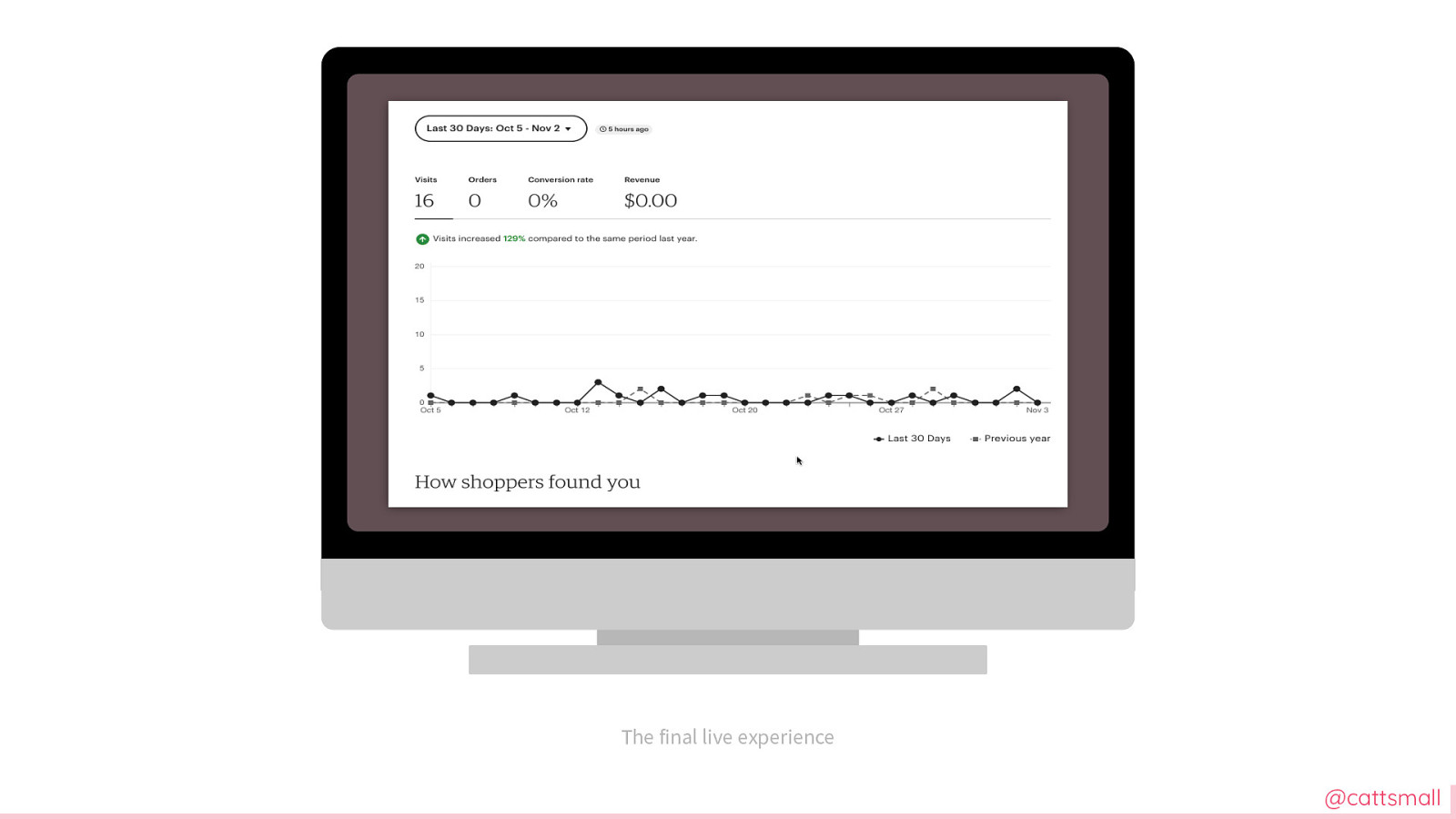
Here’s what the experience looked like after all the customer feedback we got! We felt super confident in the what we built because hundreds of people had tried it.
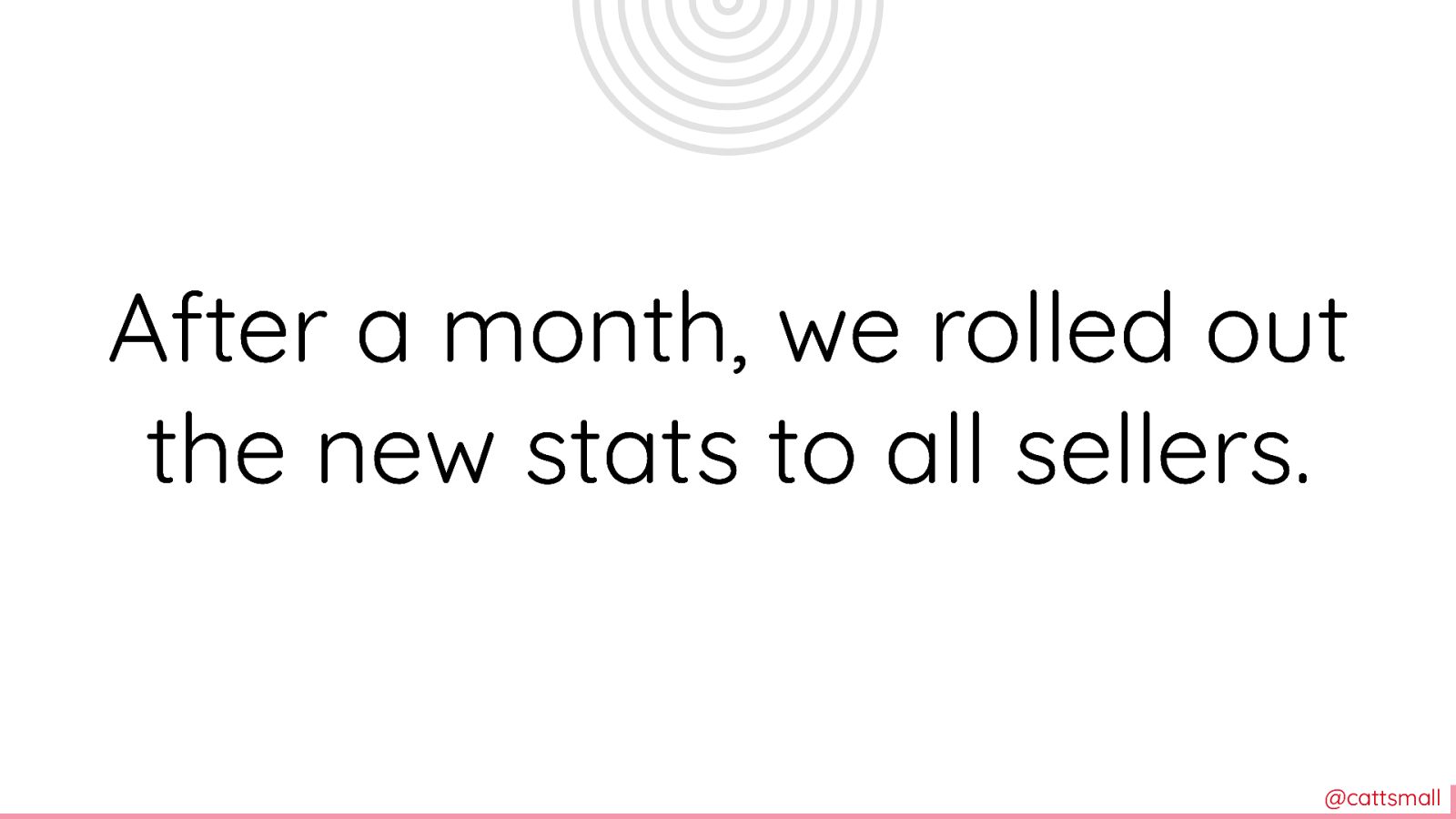
In October, we launched the new stats for all 2 million+ sellers.
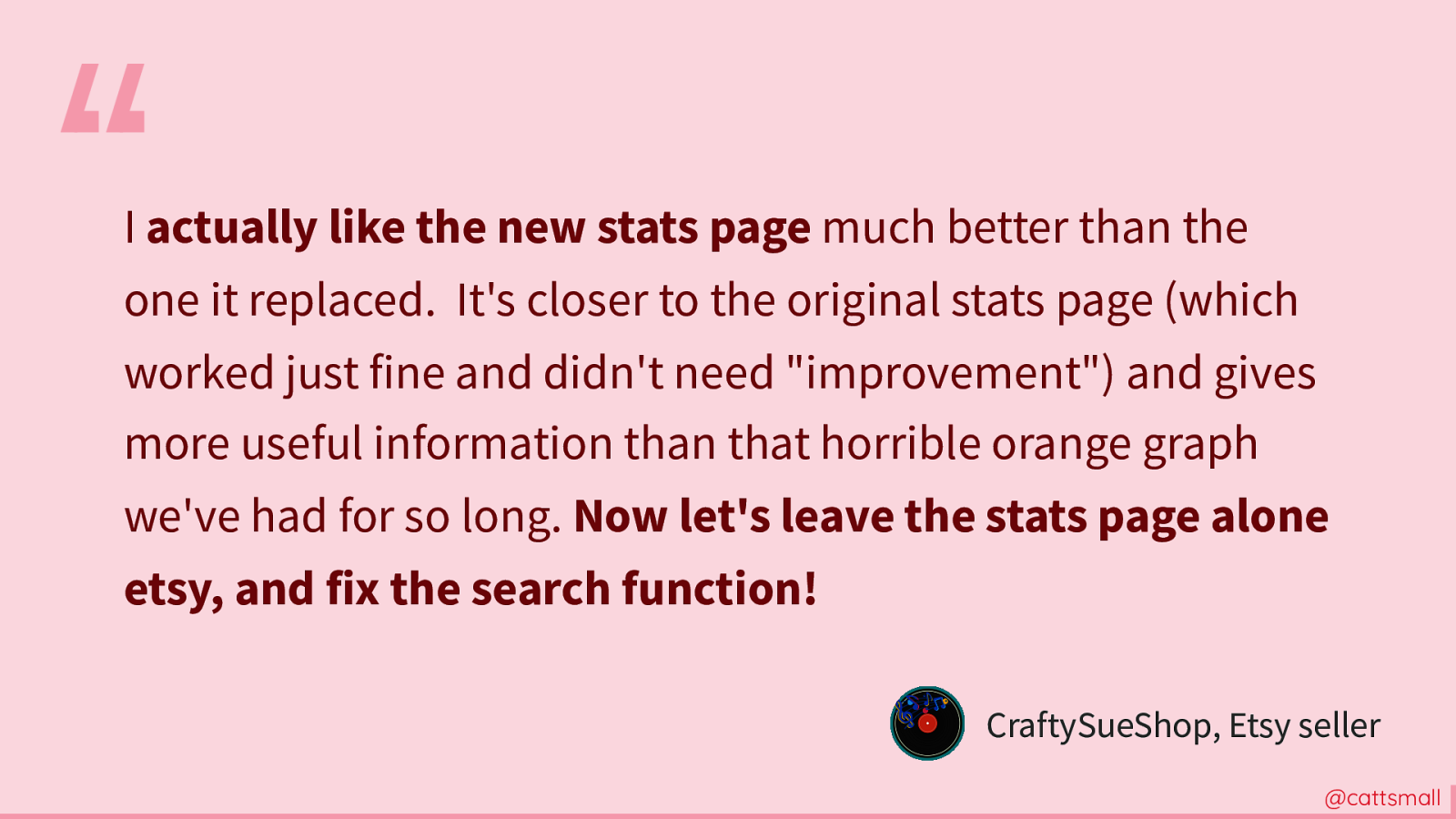
This time, there was no confusion from sellers and many of them actually liked the changes! CraftySueShop said we should leave the stats page alone and go fix other things instead—LOL, thanks!
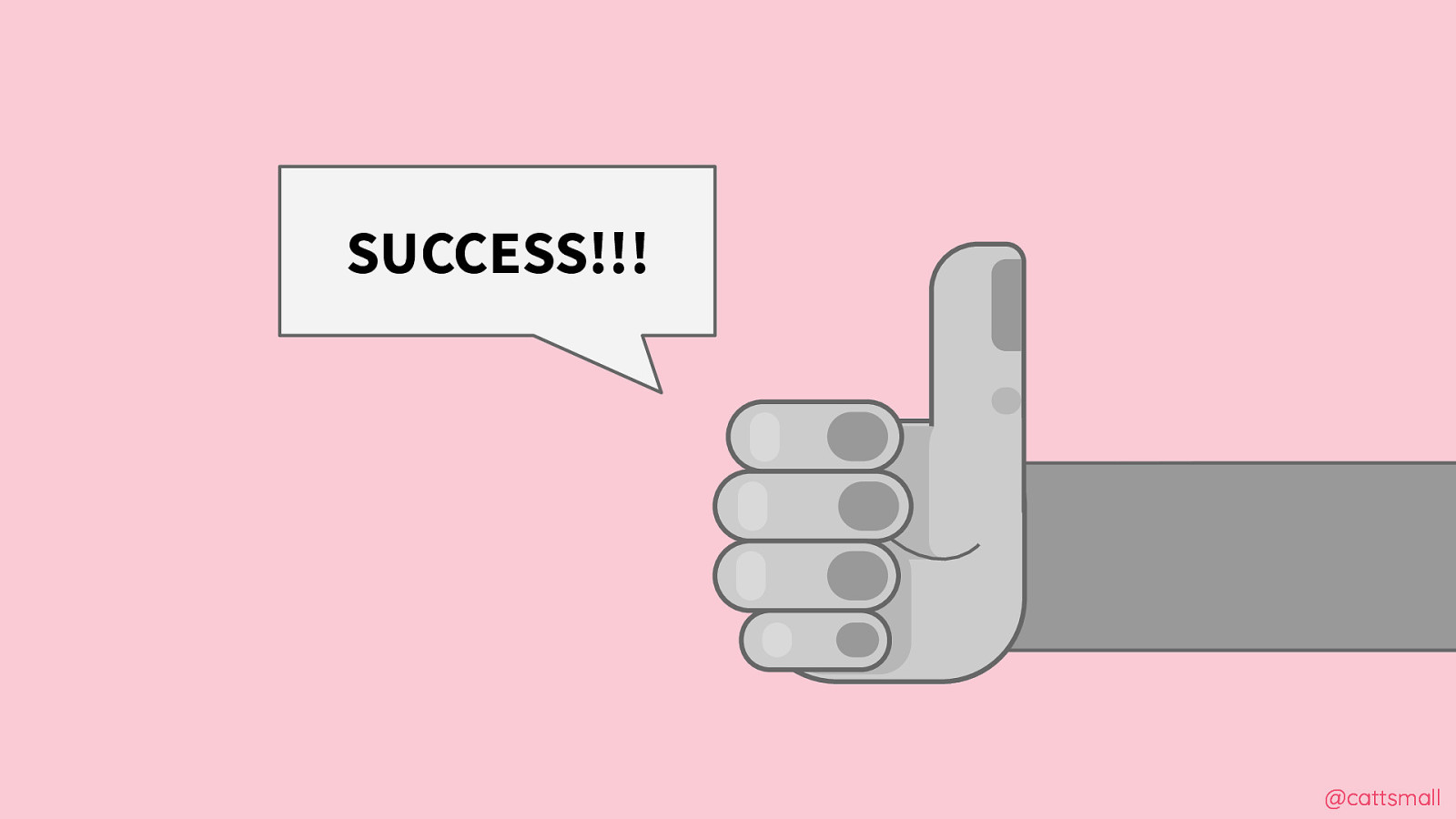
And that’s how I learned that I do have a voice that matters, whether or not people always want to listen! YEEHAW!

Here are some takeaways for you!

First: check if you were set up to succeed. Companies often throw people into the deep end of the pool and expect them to swim without much help.
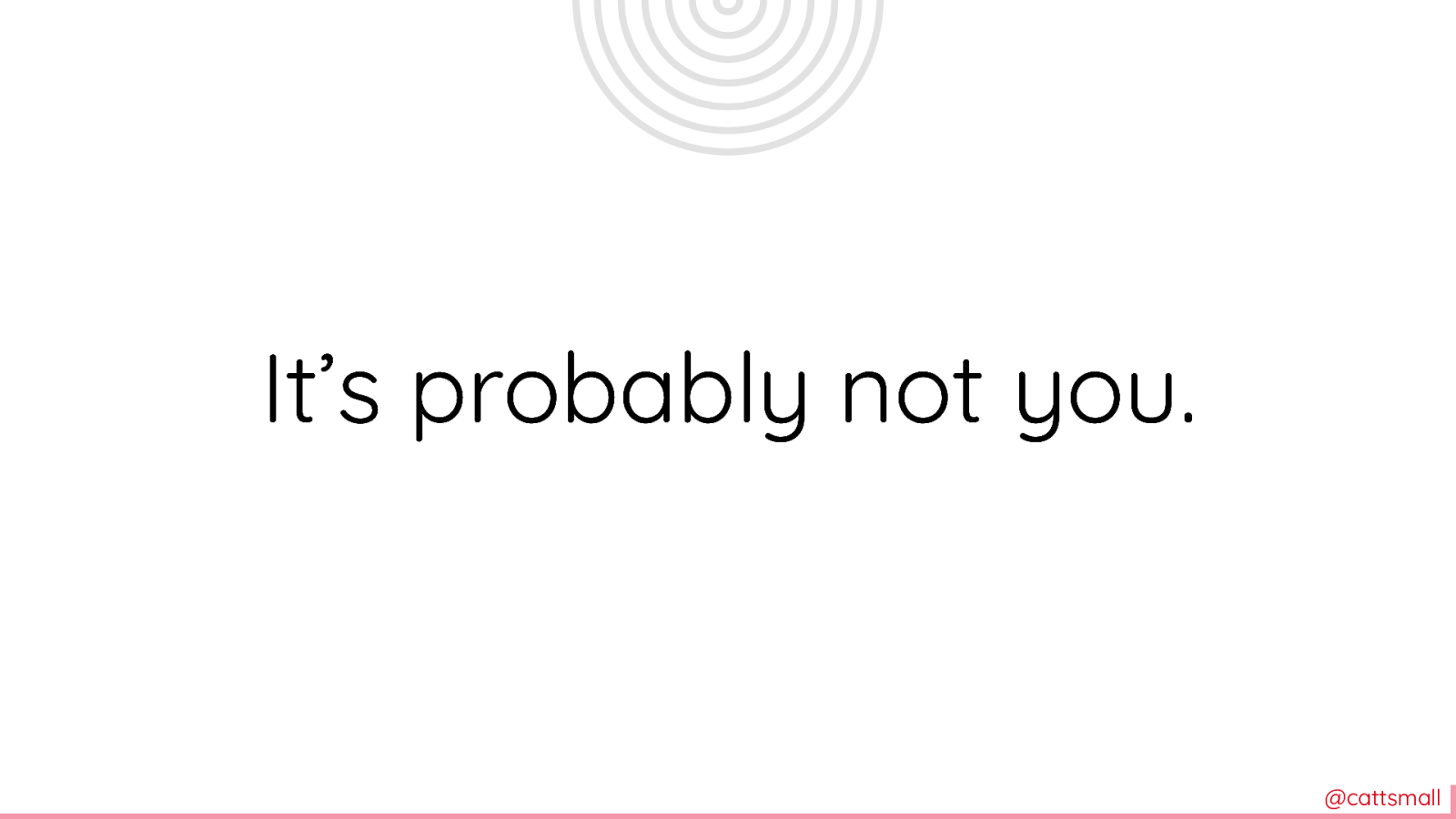
If you feel like you’re drowning, you probably weren’t given the resources and guidance necessary to succeed. This isn’t a free pass to do poorly at your job, obviously—but in many situations people internalize blame instead of looking outward.

Zoom out and acknowledge that the system might be failing you, that people are not helping you as much as they could. You can turn the story around when you stop apologizing for things you didn’t do. This awareness can help you strategize next steps.

Lesson 2: Don’t be a hero. It’s tempting, but you don’t need to save anyone from failing because it’s often how people learn and improve.
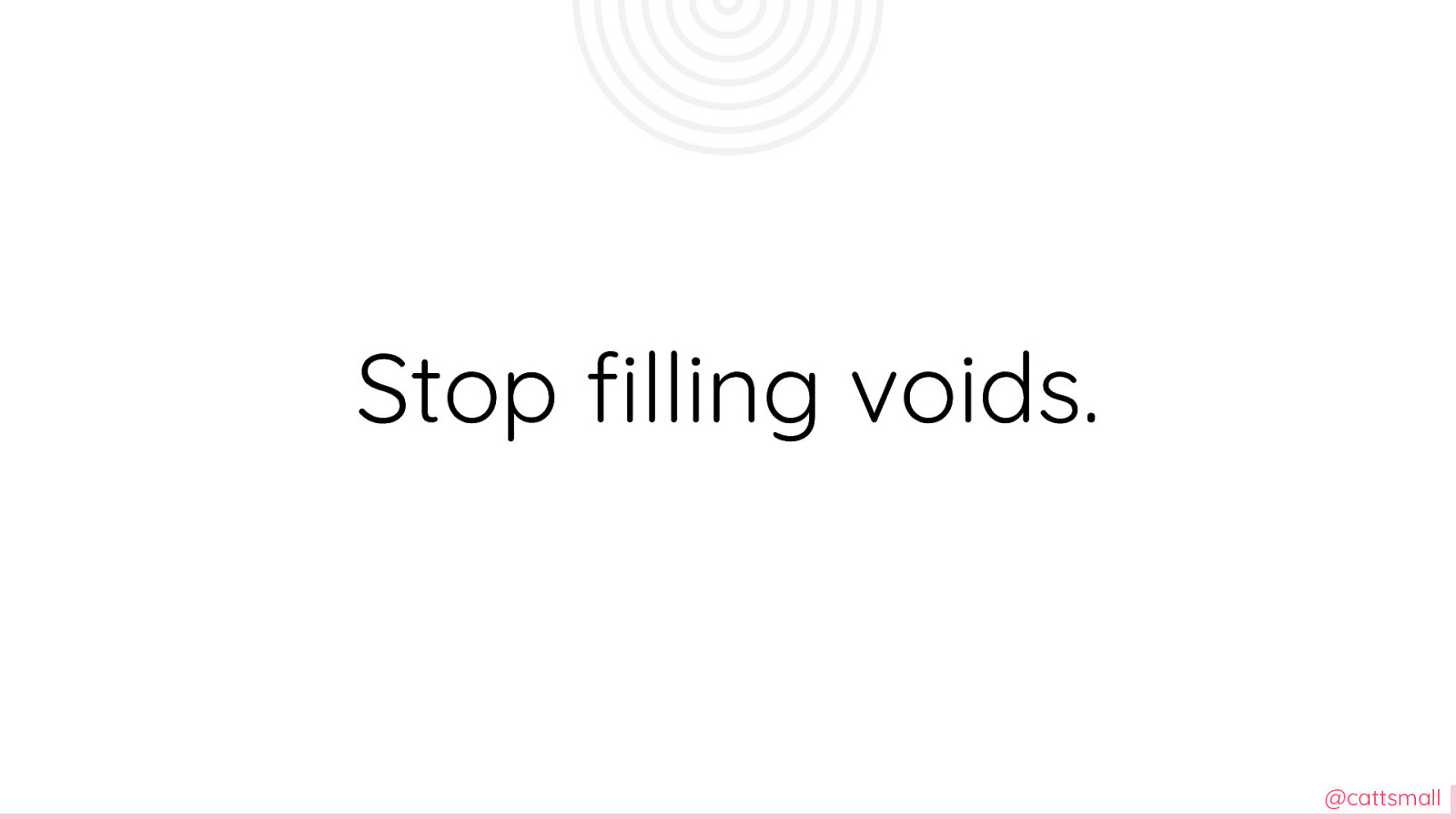
I filled in for my first PM way more than I could have. He ultimately got a promotion, while I got reprimanded for not being persuasive enough in a mediocre performance review.

Taking up space means removing space from others, and putting yourself outside the scope of your role. There are times when staying in your lane is good, and this is one of them. Focus on doing your job well.
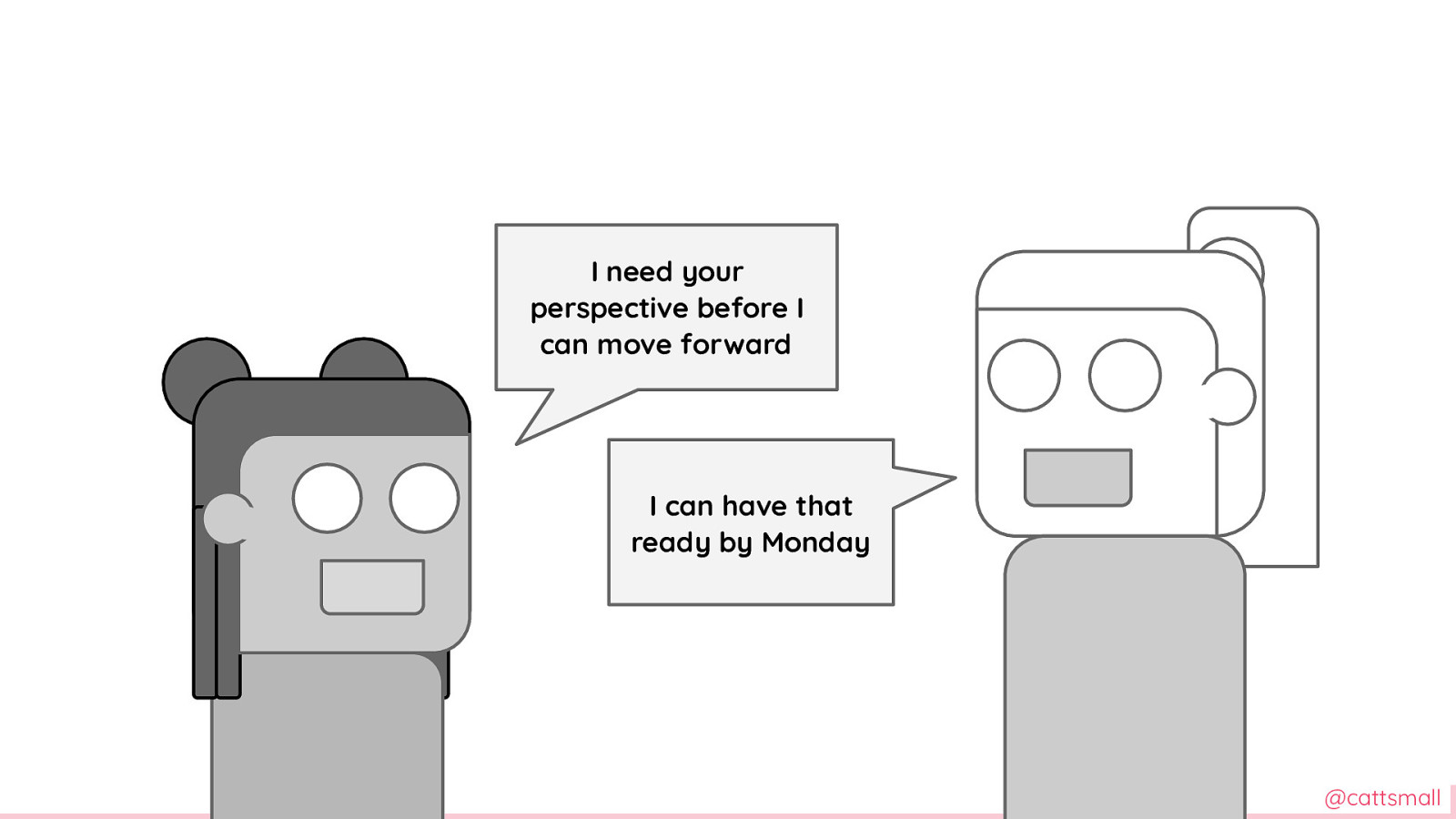
Feel the urge to fill in? Instead, clarify your roles upfront and call people out when they could be doing something to help you. If they are drowning too, you can collaborate with leadership to fill the void by HIRING ANOTHER PERSON. If you do need to fill that void, get consent and let leadership know you’re doing a lot of extra work—this is when you should brag loudly about your talents!
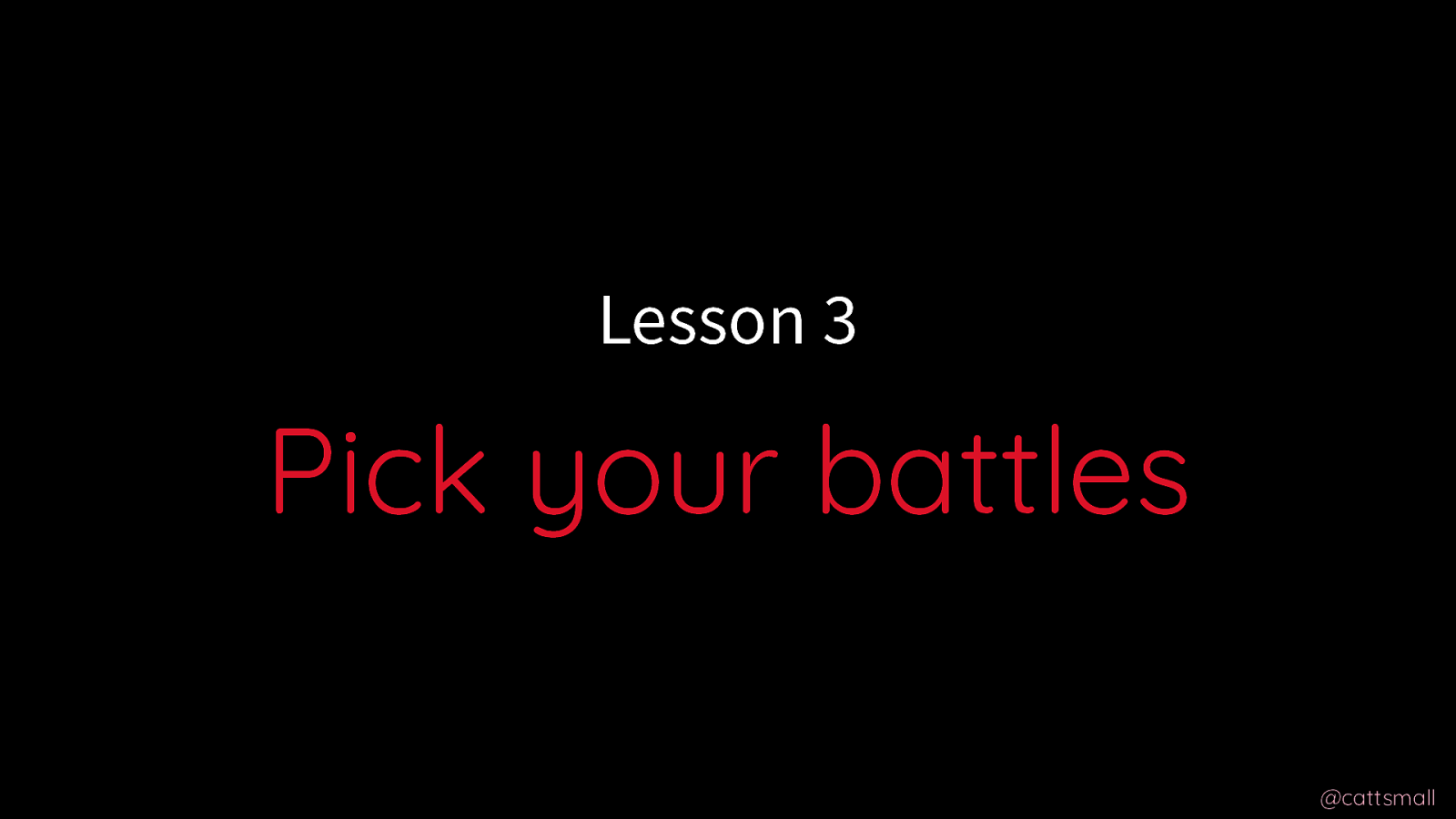
3: Pick your battles. Conserve your energy!
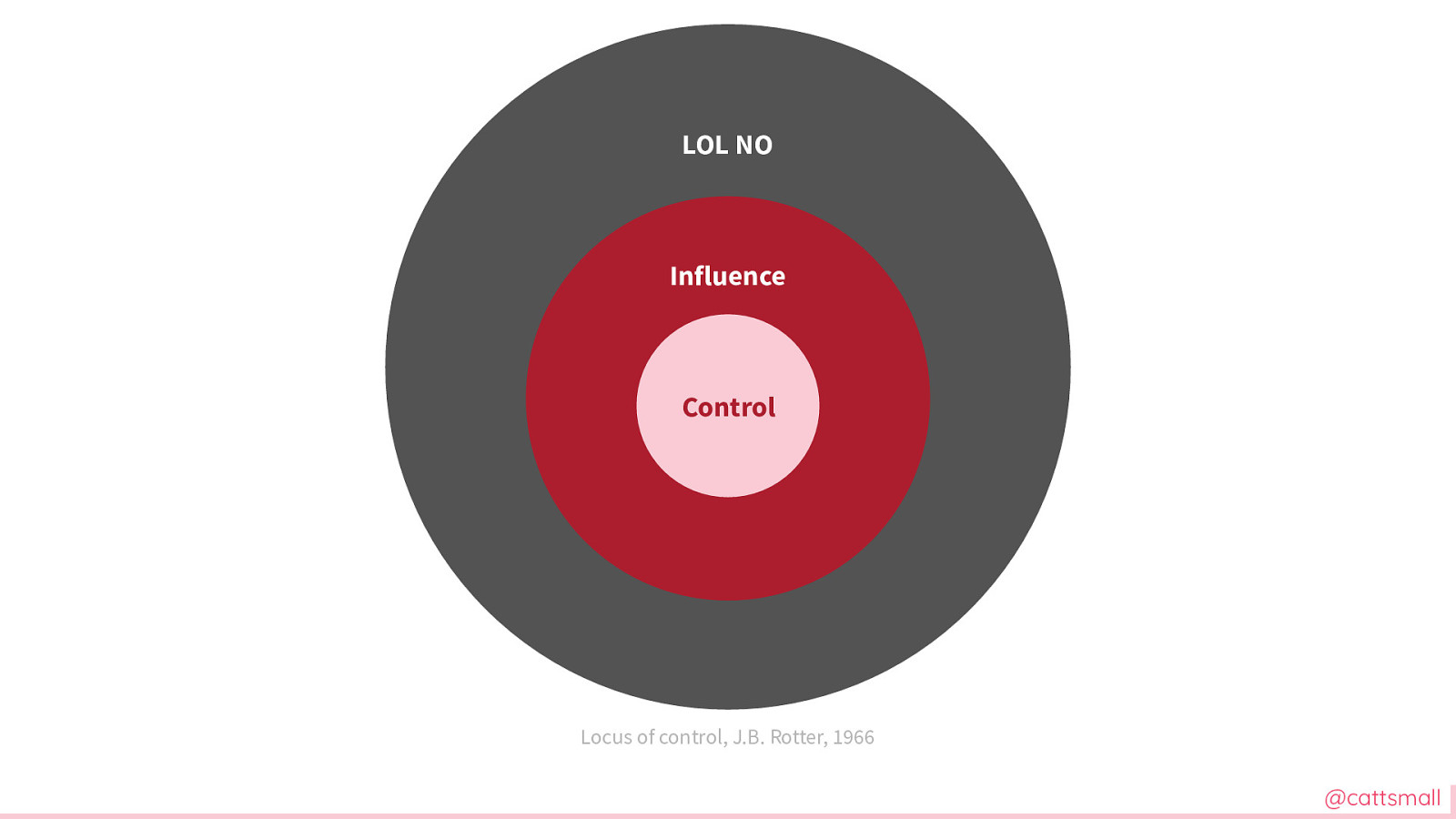
As people, we don’t have control over the outcomes of much in life. You can only hope that you have influence over decisions that aren’t your own to make. I only understood later that I was working with very stubborn stakeholders who weren’t able to be influenced easily, despite us having worked together for a year.
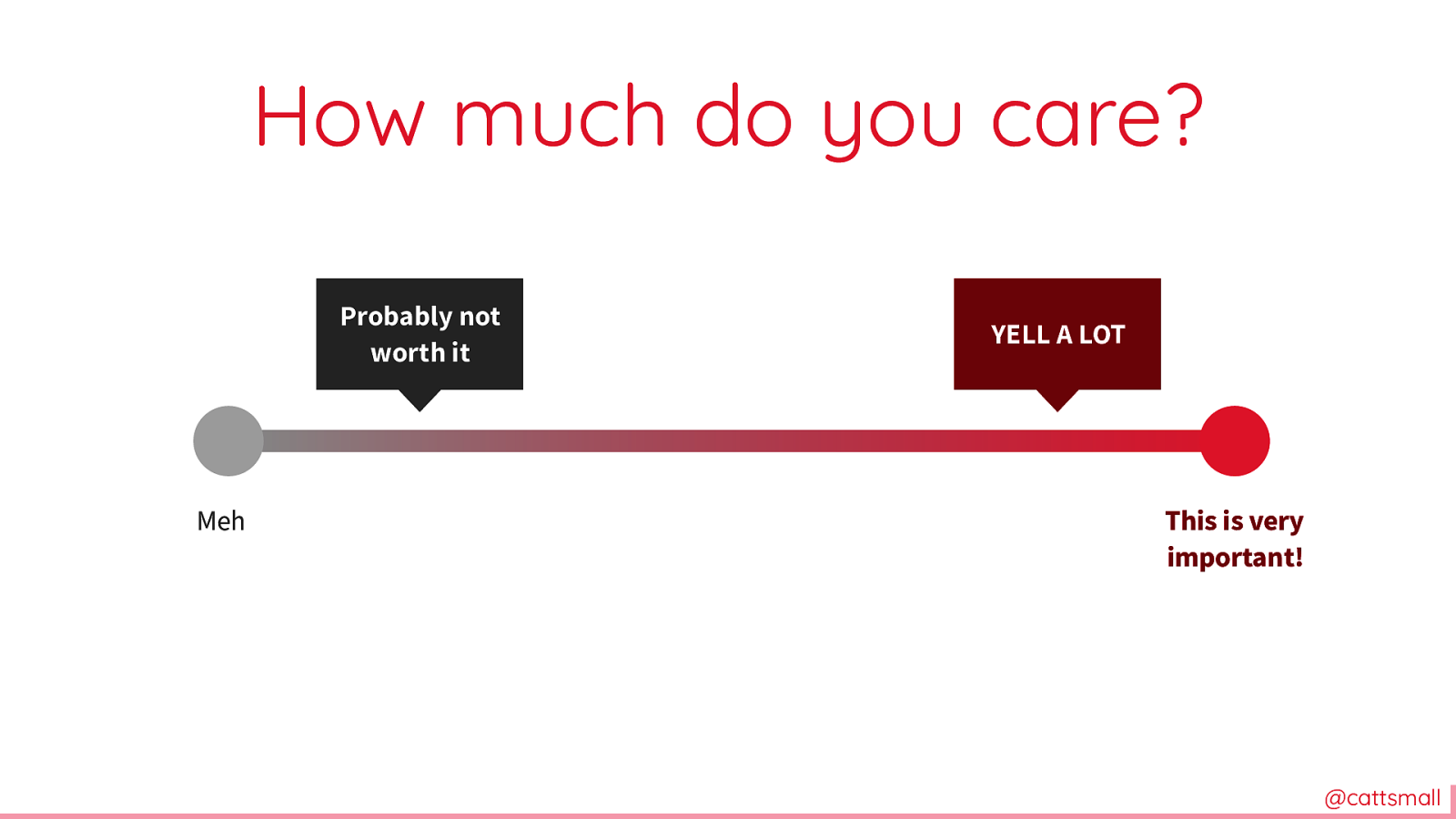
If the issue is at least within your sphere of influence, consider how much you actually care about your stance being the correct one. If it’s closer to the left, maybe mention it once and see what happens. If it’s on the right, this is a good use of your energy.
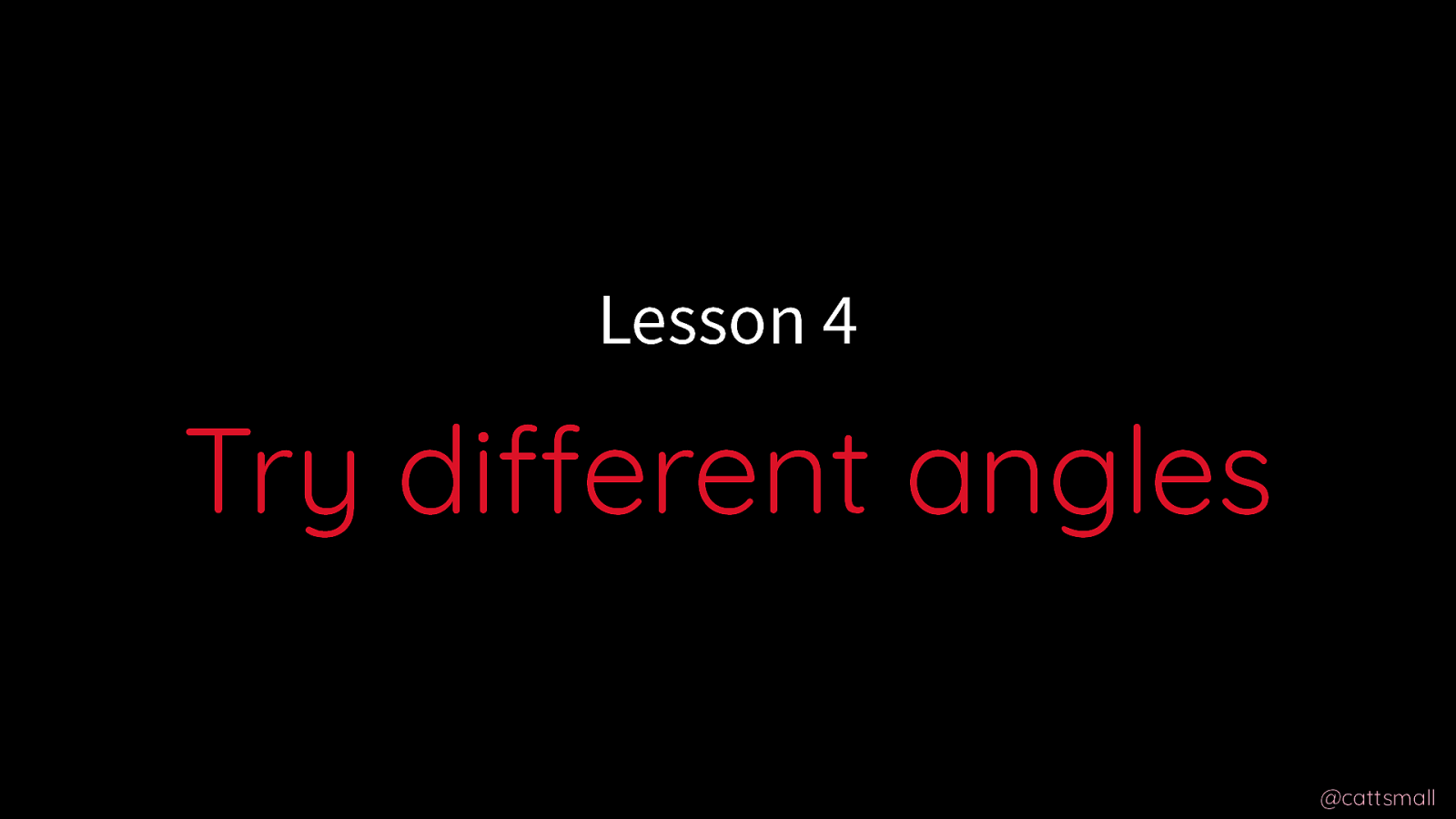
4: Try different angles. Get creative!
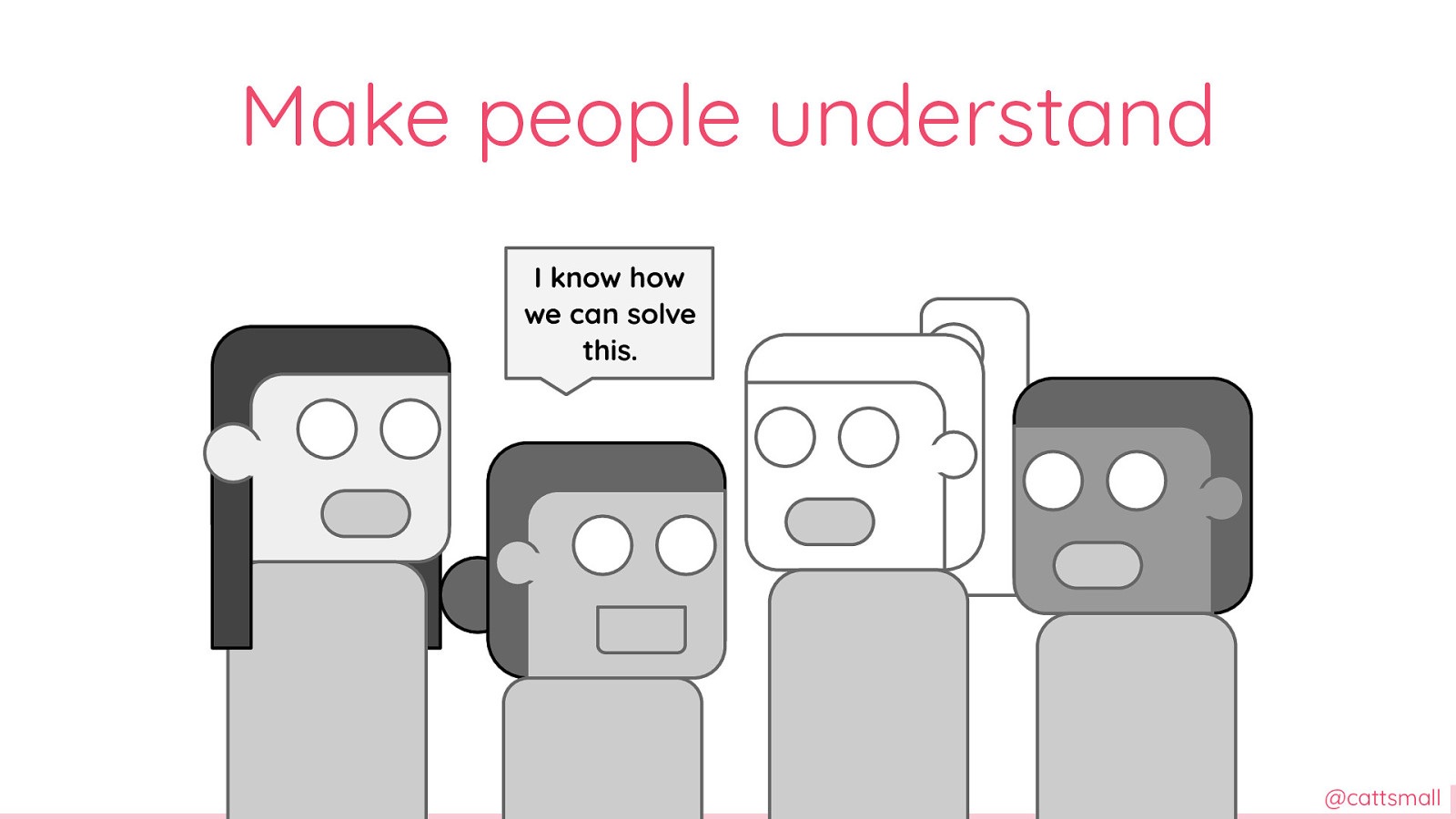
If you really care about something and can influence people, do your best to get people to listen to you. Speaking up in meetings not working? Pull in more senior folks and get them to do the convincing (or demanding). Prepare a proposal and share it with the people you need to influence. Whatever will get people to understand what you’re trying to say.
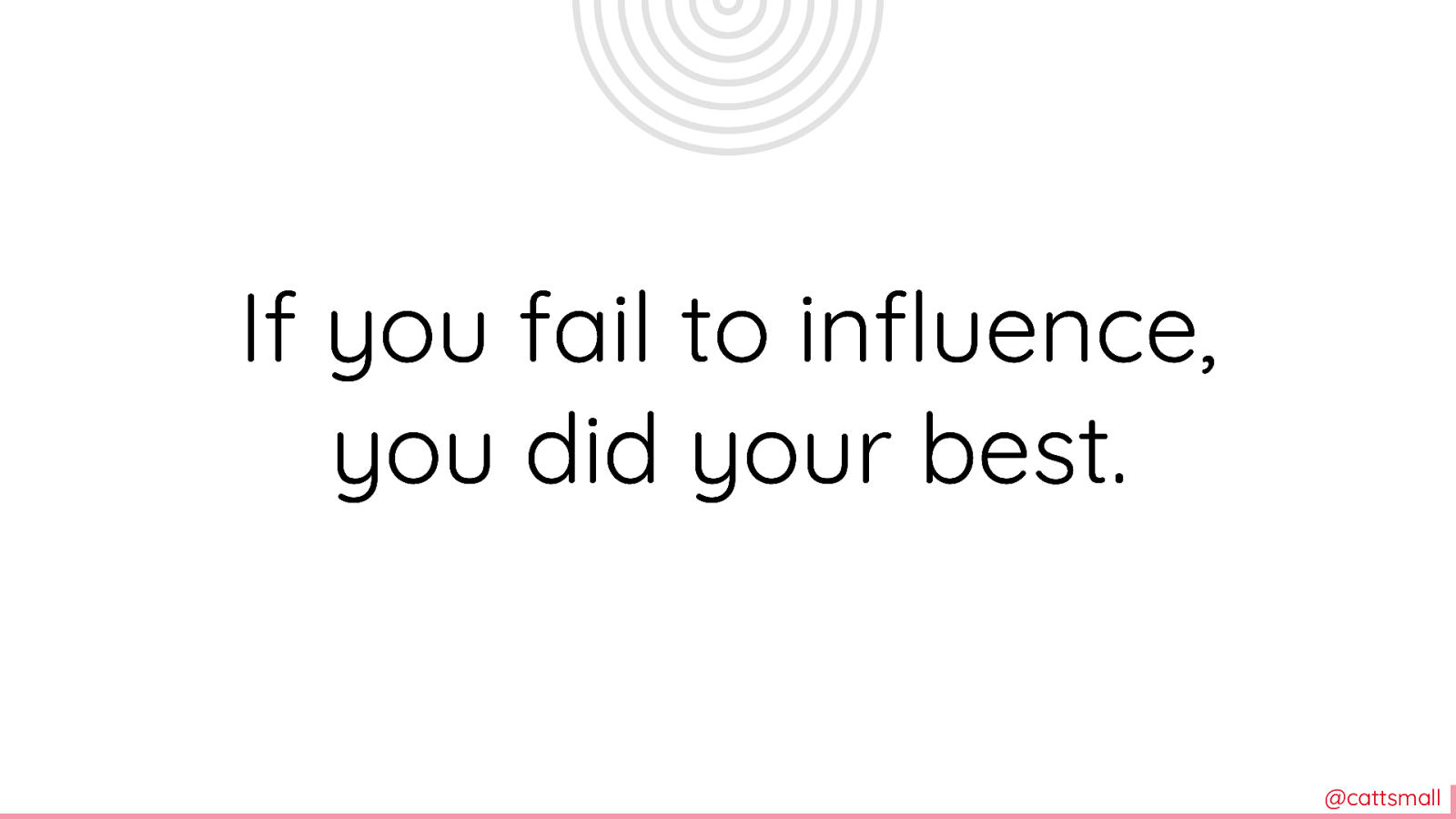
If you try and they still don’t hear you, that’s no longer your fault. You did your best to help and it’s out of your control.
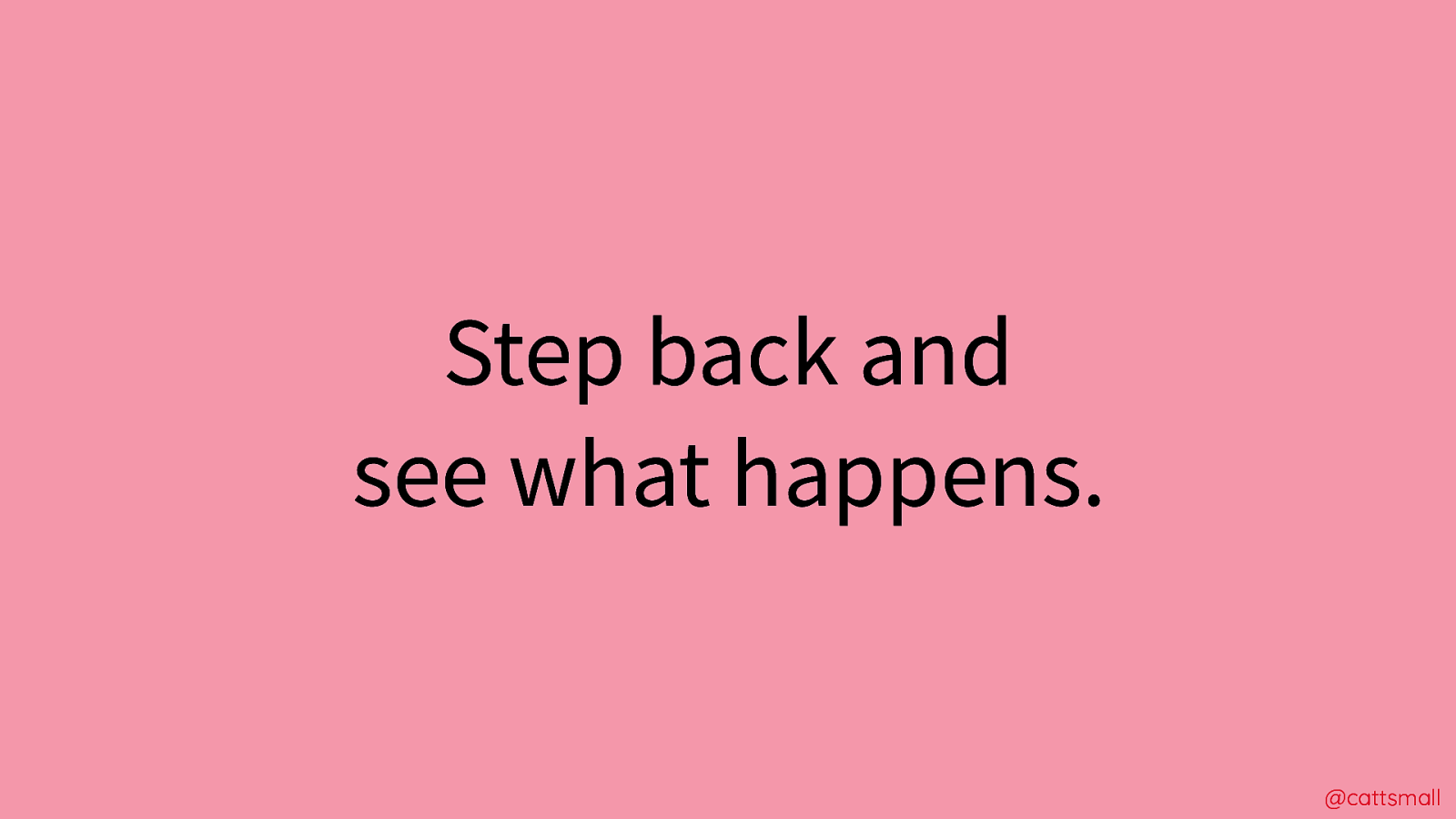
When people refuse to listen to you, there is little you can do but step back and see what happens. I usually call this “playing chicken”, a reference to a saying from the USA. Maybe you’ll be right, maybe you won’t—but you’ll certainly learn something.
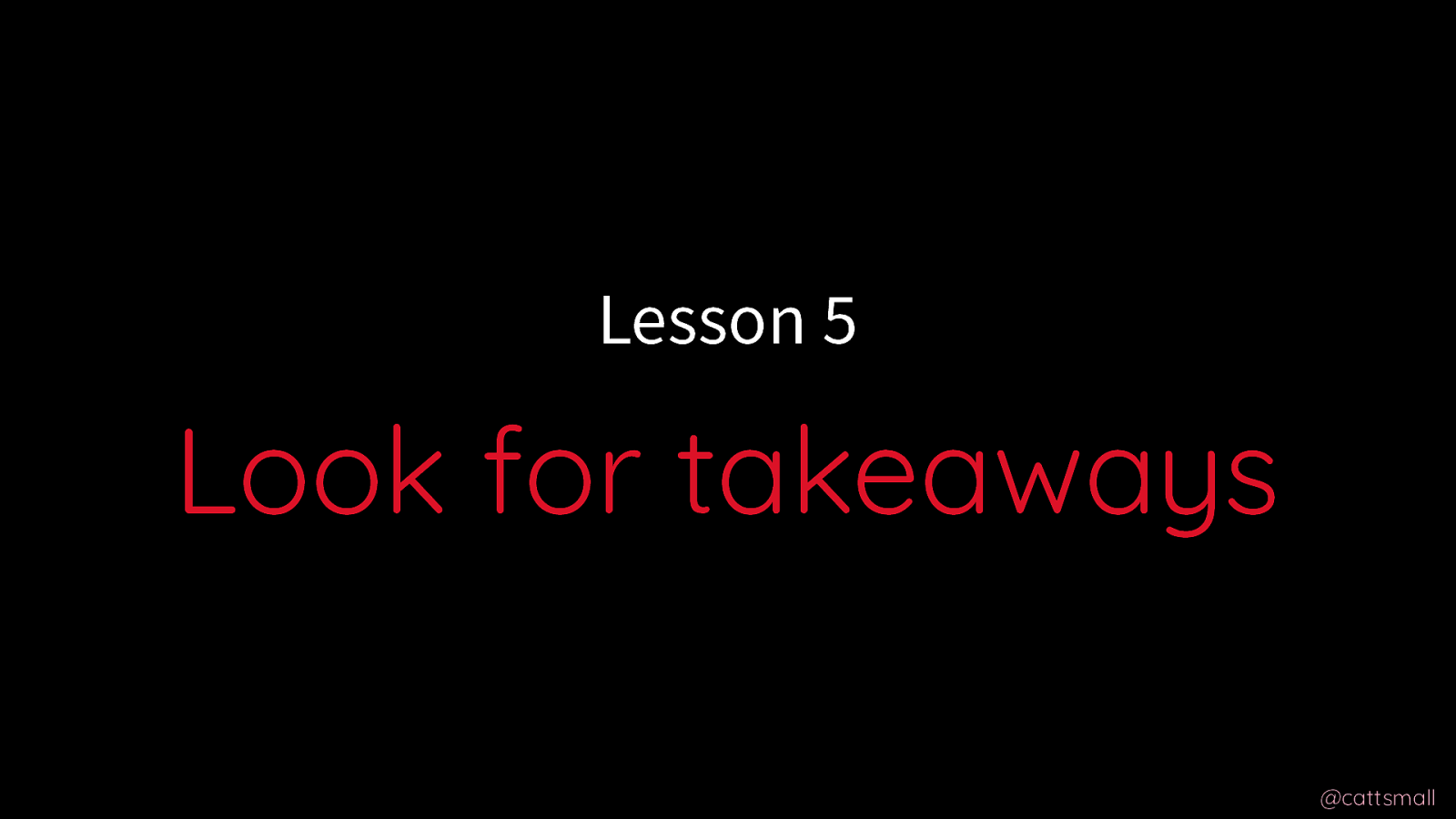
5: Look for takeaways when things go haywire.
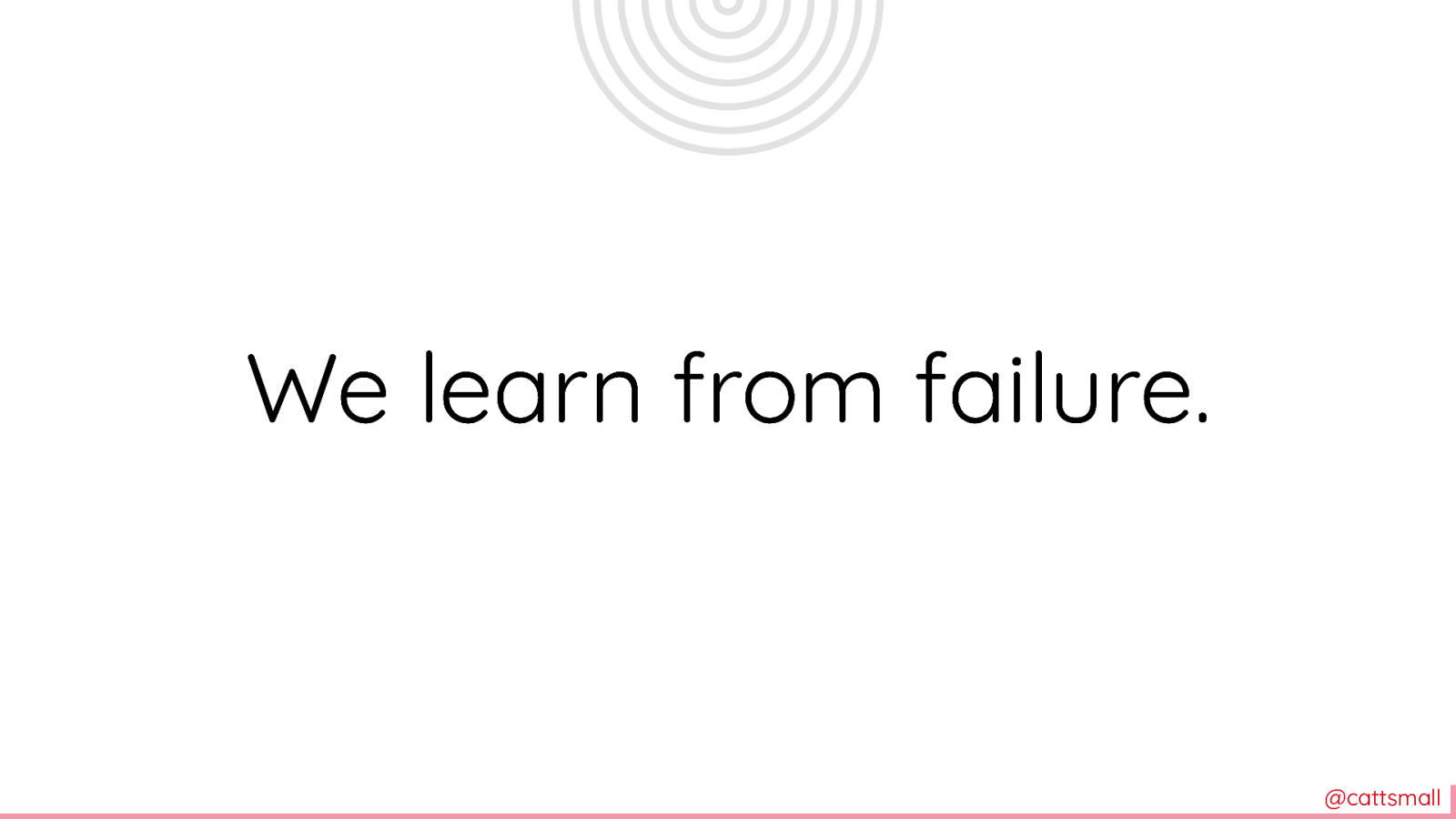
Always be seeking learning opportunities; failure is great because it helps us become better people. What can you learn from your and others’ mistakes? I learned so much from the two years I spent on Stats at Etsy, even though I was really sad and angry and times. Overall, I’m very grateful for the experience.
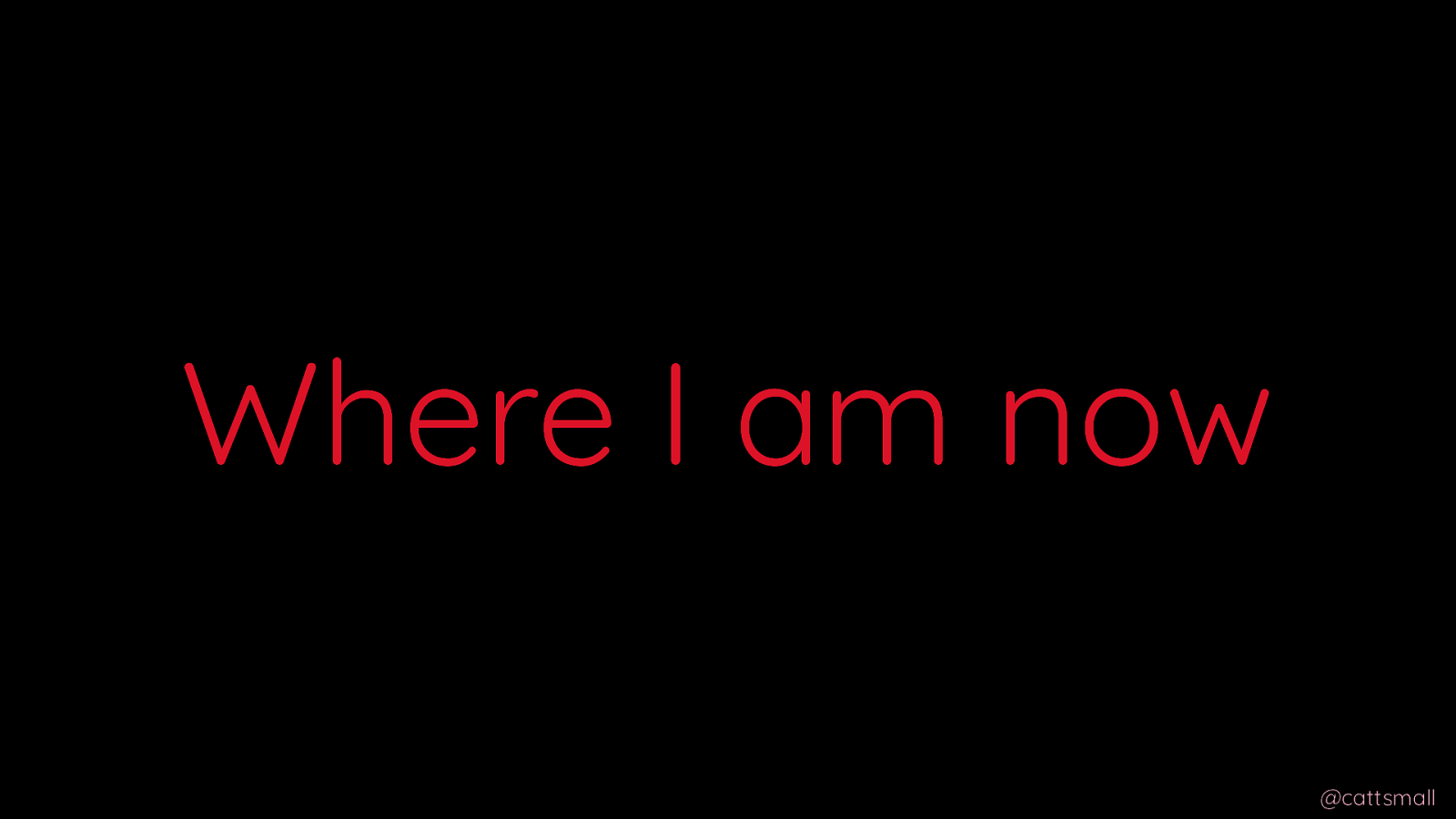
Now, you’re probably wondering… I thought Catt said she works at Asana????
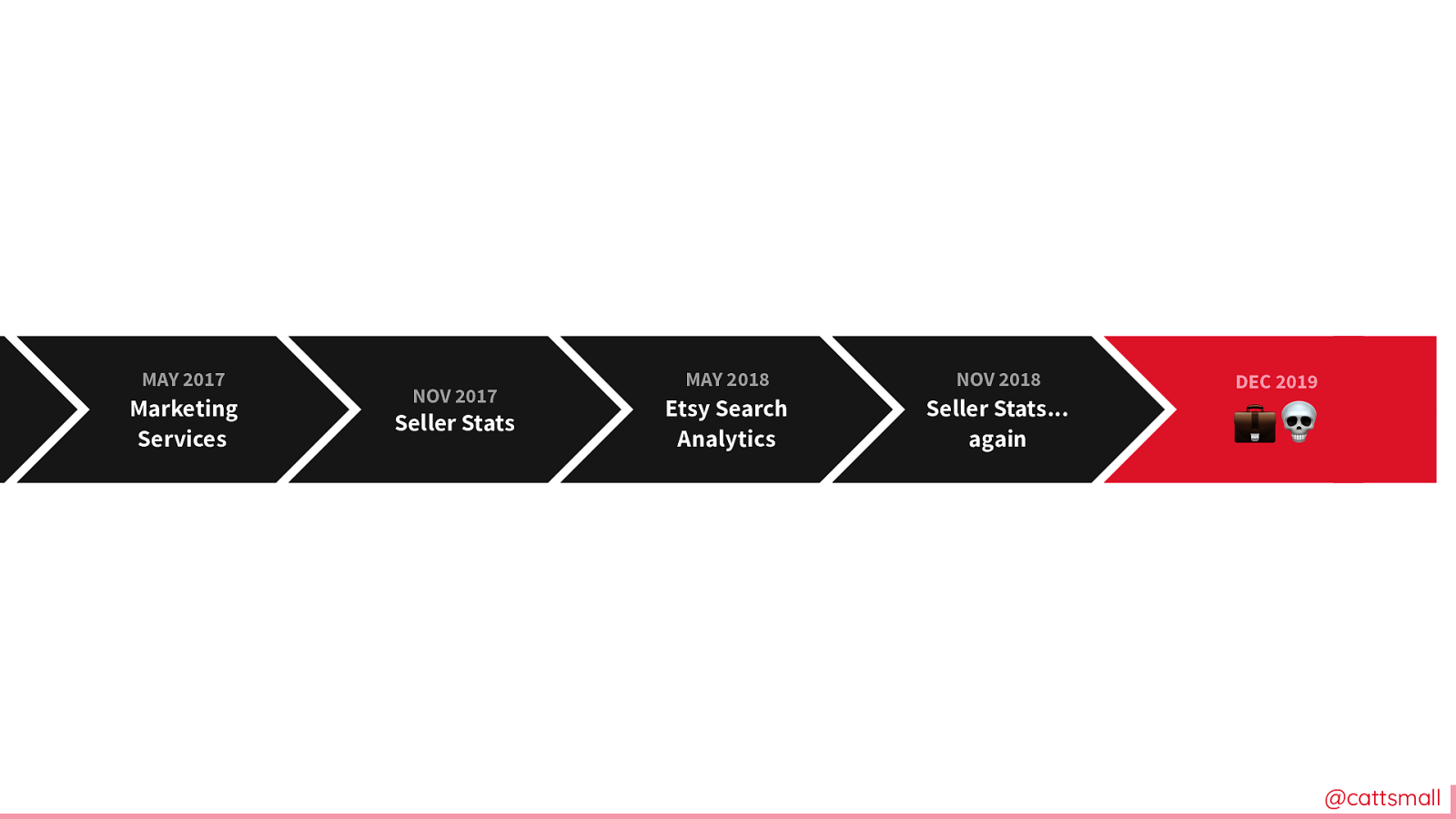
In December of 2019, I decided to leave Etsy. I felt completely fulfilled; it’s the first time I left a company in high spirits about my experience.
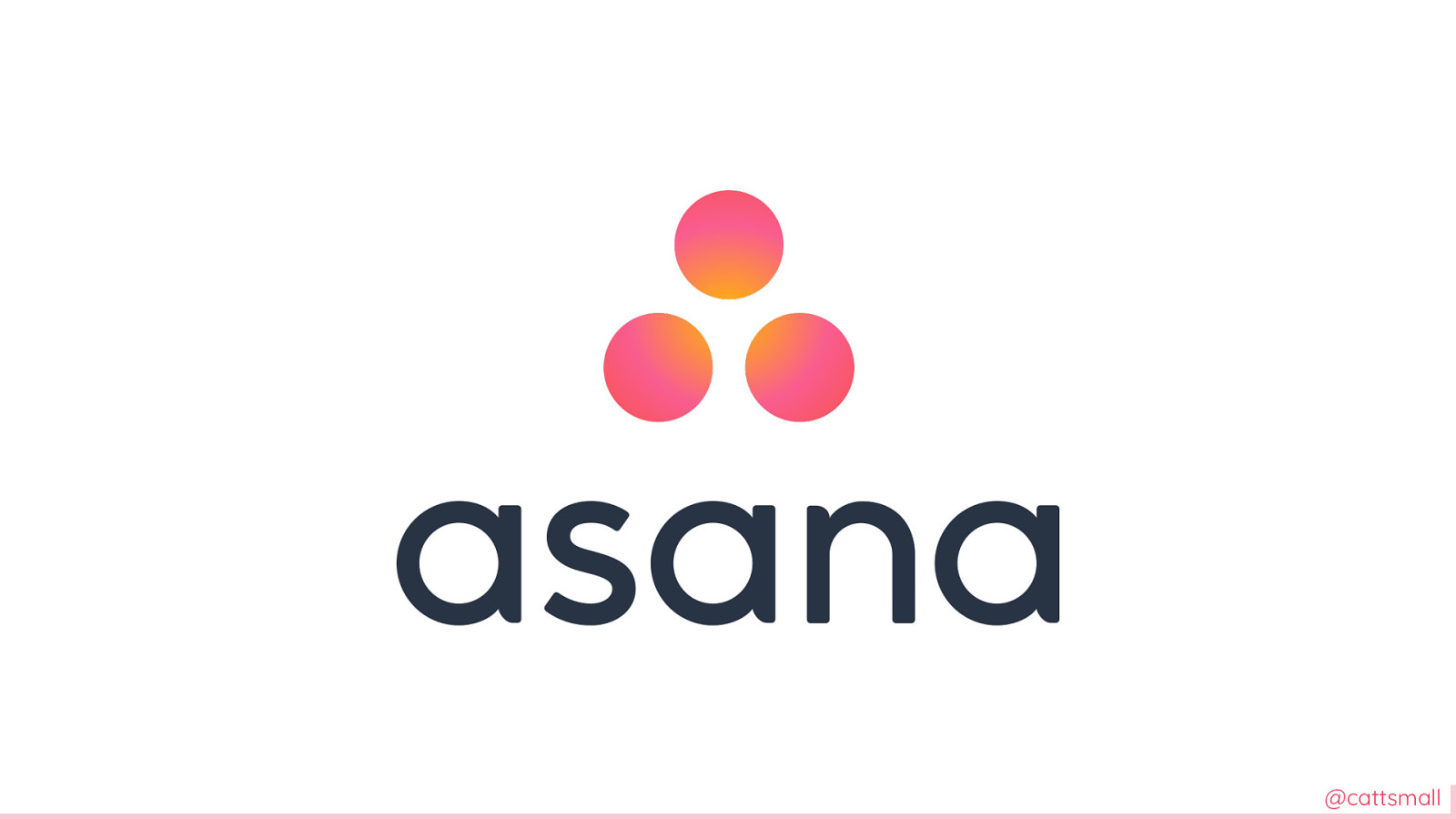
Now I work at Asana as a product designer. I’m learning a lot and am excited to see where the work takes me. Regardless of what happens, I know I can handle whatever challenges come my way—because I’m resilient like a phoenix!
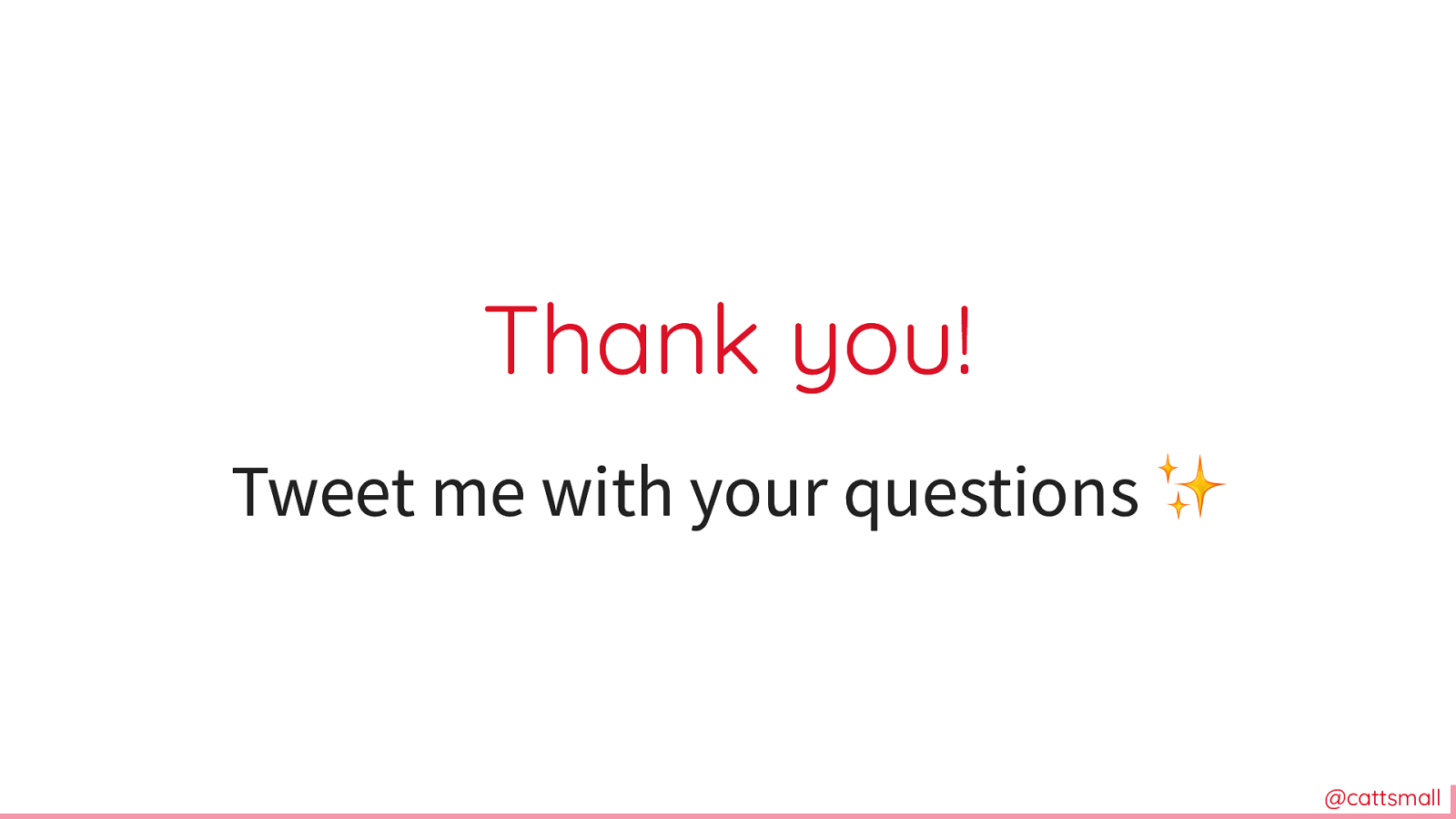
Thanks for reading!